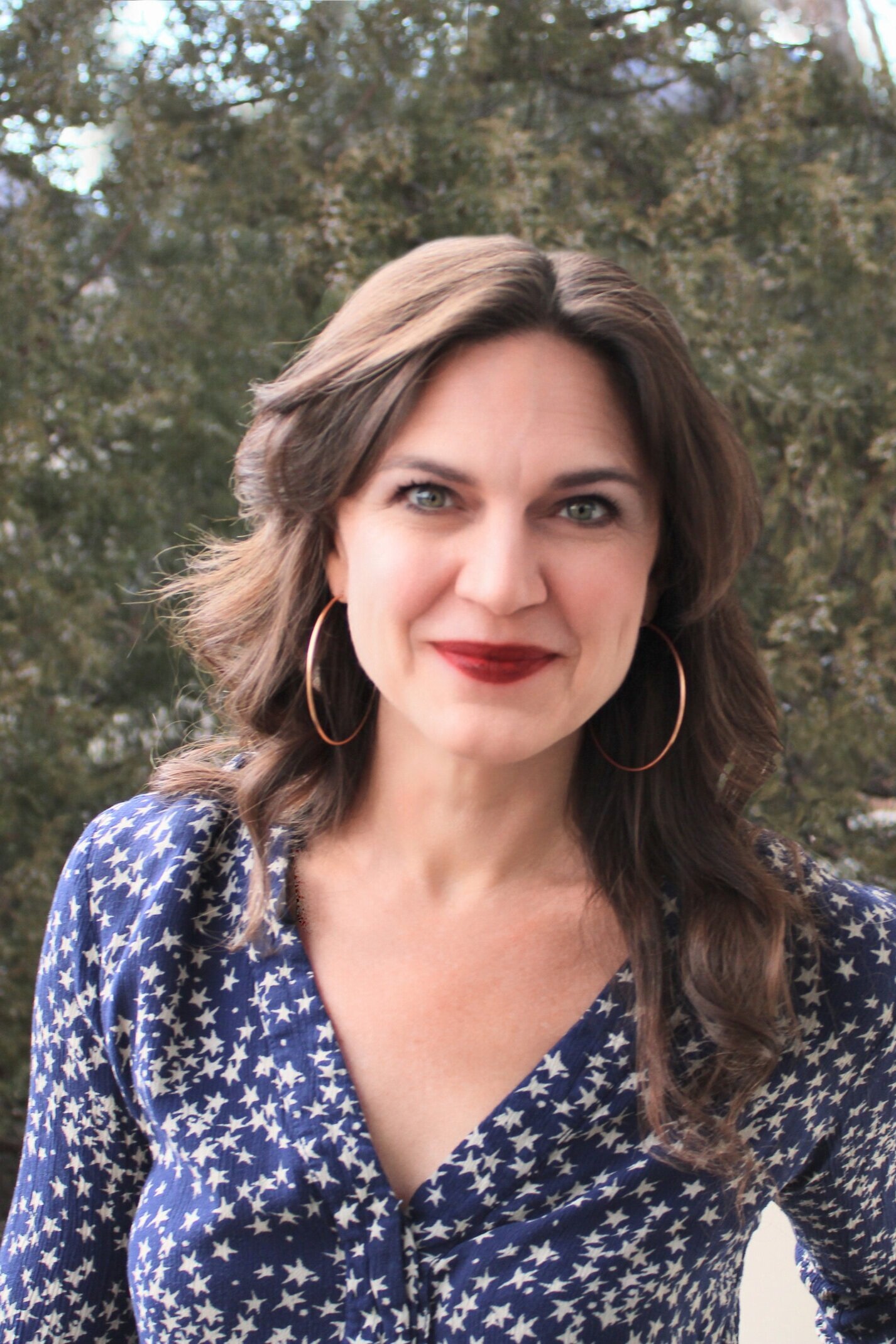Heinrich Hoffmann’s gruesome and whimsical Der Struwwelpeter has reflected and influenced German popular culture since its publication in 1845. These stories are also a rich source for 21st century political and social commentary for artists working across the globe in a variety of disciplines.
Beate Zekorn-von-Bebenburg, Struwwelpeter Museum Director, spoke with New York City-based choreographer Sameena Mitta; Berlin-based street artist Lacuna; and Boulder-based theatermaker Amanda Berg Wilson about Struwwelpeter’s impact beyond its original context and how they have each accessed the stories to reimagine contemporary politics and morality.
Produced in partnership with MeenMoves.
Sameena Mitta (co-producer) is the artistic director of dance-theatre company MeenMoves and its education program MadHops. Mitta has presented choreography around the world, and is in year 7 of her 10-year dance film Struwwelpeter Project, filmed site-specifically in Germany. Mitta earned with distinction the Cecchetti Society’s Associate Diploma and an MA in Dance Creation from UQAM focusing on Movement Intervention for South Asian survivors of domestic violence. Mitta is an advocate for diversity in dance and has sat on dance juries in Canada and the USA for several organizations and governments. An NJPAC Choreography Fellow (2018-2022), Mitta is mentor for the Recanati-Kaplan scholarship students in dance through the Harkness Dance Center and is also on faculty at the Limón Institute and 92Y Harkness Dance Center.
Lacuna is a street artist who remains anonymous. His work focuses on injustice, exploitation, exclusion and other socially critical issues. He depicts them primarily with figurative stencils, poetry, slogans, and street interventions. In his childhood, Lacuna came across the book The Yellow Star by Gerhard Schönberner about the prosecution of Jews in Europe between 1933 and 1945. This book had an enormous impact on him and subsequently influenced his work. He became politically active in the anarchist and anti-fascist movement. During this time, he read a how-to-do article about graffiti writing in a political magazine. Lacuna had already been painting political slogans on walls, but this article planted the roots for his further activities. After several trail draft pieces on paper, he sprayed his first graffiti on a wall at the end of 1994.
Amanda Berg Wilson is co-founder and Artistic Director of The Catamounts, where she has directed 15 of the company’s 21 productions, including God’s Ear (2011 Camera Eye Award, Best Director), Failure: A Love Story (2013 True West Nomination, Best Director), Rausch (2018 True West award; 2018 Colorado Theatre Guild nomination, Best New Work); and Shockheaded Peter (2020 True West award). Elsewhere in Colorado, she has directed for the Denver Center for the Performing Arts’ Off-Center (The Wild Party, Between Us: The Whiskey Tasting) and for Creede Repertory Theatre (9 to 5, Pride and Prejudice), and is Assistant Director on the upcoming Theatre of the Mind, produced by DCPA’s Off-Center and written by Mala Gaonkar and Talking Heads frontman David Byrne.
Beate Zekorn-von-Bebenburg, born in 1961, has been director of the Struwwelpeter Museum (formerly Heinrich-Hoffmann-Museum) in Frankfurt am Main / Germany since 1991. She studied German literature and children’s literature; cultural anthropology and art history at the universities of Freiburg and Frankfurt a. M., Magister Artium at the Department for Children’s and Young Adult Literature Research, Goethe University Frankfurt. Since 2010 she has been a lecturer at the Department for Children’s and Young Adult Literature Research and teaches classes on “Museums and children’s literature”. Beate curated the new Struwwelpeter Museum, which opened in central Frankfurt in September 2019. She is working in many fields: New exhibitions, publications, collection, and managing everyday life of the museum. Beate is author of several publications on Struwwelpeter in its political and historical contexts as well as on its reception in popular culture. She curated many exhibitions for the museum. Her longtime favorite was “Hair Stories” (1996) which dealt with hair and hairstyles and their social and symbolic meaning in different cultures. Other exhibitions highlighted the cultural contexts of Struwwelpeter, fairy tales and other classics of children’s literature.
Photo: Alicja Hoppel - Dancer: Stephanie Terasaki - Choreographer: Sameena Mitta




